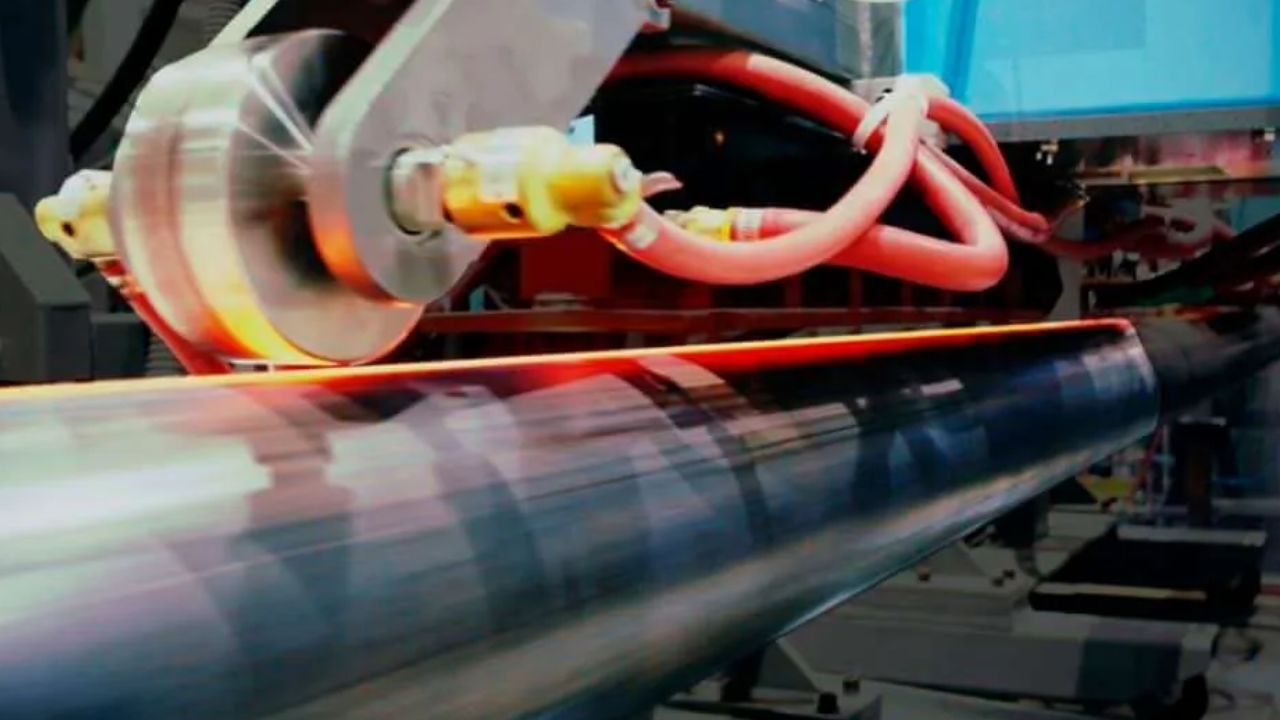Hollow section pipes are metal or aluminum pipes with hollow moving sections, characterized by their empty interiors. They arrive in numerous shapes and are extensively used in engineering and construction for structural aid, fluid transportation, and architectural layout. The sturdiness and overall performance of hollow section pipes are influenced by several elements. Their material properties, including yield power, tensile power, and erosion obstruction, play a critical role in determining their sturdiness and reliability.
Metal pipes are perceived for their high strength-to-weight proportion and protection from corrosion, making them reasonable for a variety of applications. The geometric dimensions of hollow section pipes, which incorporate external breadth, wall thickness, and cross-sectional structure, influence their underlying behavior. Thicker walls provide greater strength and stiffness, while the shape of the cross-section affects strain distribution and deformation resistance.
Moreover, the production procedures used to supply hollow section pipes, as well as environmental conditions and loading situations, additionally impact their durability and overall performance. Proper material selection, pleasant manipulation measures, surface safety, and preservation practices are critical to ensuring the integrity and durability of hollow section pipes in numerous packages. The hollow pipe offers durable and dependable overall performance when nicely designed and maintained, making it necessary for cutting-edge engineering and production tasks.
Factors Affecting the Structural Performance of Hollow Section Pipes
This article explores the important factors affecting the structural overall performance of hollow section pipes, inclusive of material homes, geometric dimensions, manufacturing processes, environmental conditions, and loading situations.
Material Properties
The material properties of hollow section pipes appreciably have an impact on their structural overall performance. Factors that incorporate yield strength, rigidity, modulus of flexibility, and malleability determine the pipe’s capacity to oppose outer burdens and distortions. Metallic pipes are regularly utilized because of their high energy-to-weight proportion and strength. Furthermore, the chemical synthesis and microstructure of the material can influence corrosion resistance, exhaustion obstruction, and weldability, affecting the pipe’s drawn-out execution in various conditions.
Geometric Dimensions
The geometric dimensions of hollow section pipes, such as outer diameter, wall thickness, and pass-sectional form, play a vital function in determining their structural behavior. Thicker partitions offer greater electricity and stiffness, permitting pipes to resist higher loads and pressures. Conversely, thinner walls lessen weight and material expenses but may additionally compromise structural integrity, specifically underneath heavy loading situations. The form of the pass section, whether round, or rectangular, impacts the distribution of stress and deformation, influencing the pipe’s resistance to bending, torsion, and axis stresses.
Manufacturing Processes
The production strategies used to provide hollow section pipes can impact their structural performance. Procedures together with warm or cold forming, welding, and seamless tube production can introduce residual stresses, defects, and versions in material residences. Proper first-class control measures, such as material checking out, dimensional inspection, and weld first-rate assessment, are crucial to ensuring the integrity and reliability of the pipes. Moreover, post-manufacturing remedies, along with heat treatment, can enhance the pipe’s durability and resistance to environmental degradation.
Environmental Conditions
Environmental factors, including temperature, humidity, publicity to corrosive dealers, and mechanical vibrations, can affect the structural overall performance of hollow section pipes over the years. Corrosion, for instance, can weaken the pipe’s material and result in premature failure, especially in marine, commercial, or underground applications. Similarly, extreme temperatures can result in thermal expansion, contraction, and thermal stresses, affecting the pipe’s dimensional stability and mechanical properties.
Loading Conditions
Loading conditions, consisting of static loads, dynamic hundreds, effect loads, and seismic masses, appreciably impact the structural behavior of hollow section pipes. The distribution and value of external forces, moments, and pressures determine the pipe’s response to loading, such as deflection, stress distribution, and deformation. Proper engineering analysis, which includes finite element evaluation (FEA) and structural calculations, is crucial to evaluating the pipe’s capacity to meet expectations and ensuring structural protection and integrity.
Conclusion
The structural overall performance of hollow section pipes is influenced by different factors, which include cloth houses, geometric dimensions, manufacturing strategies, environmental conditions, and loading conditions. The right consideration of those elements is critical to ensuring the integrity, reliability, and protection of pipe structures in engineering and construction applications. By way of expertise in the factors affecting pipe overall performance and enforcing appropriate design, engineers can optimize the structural performance and sturdiness of hollow section pipes in numerous applications.

